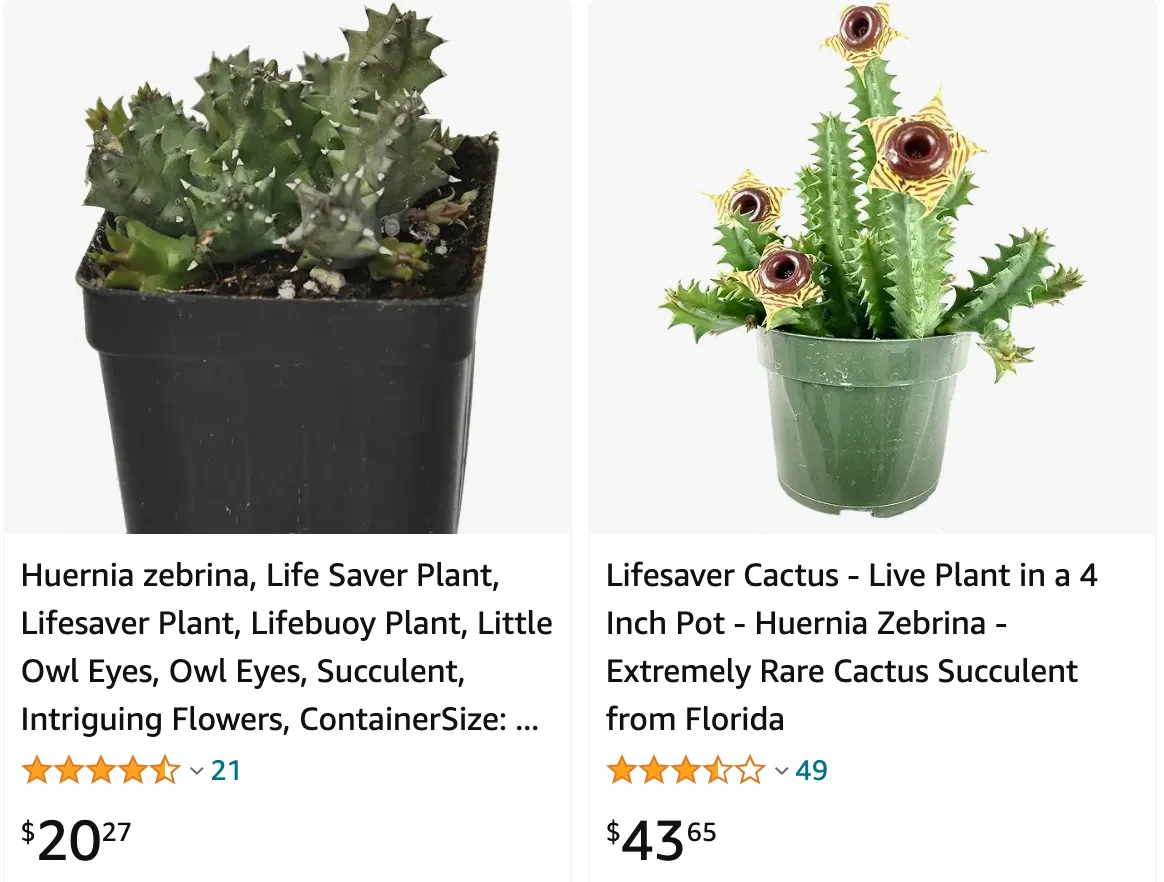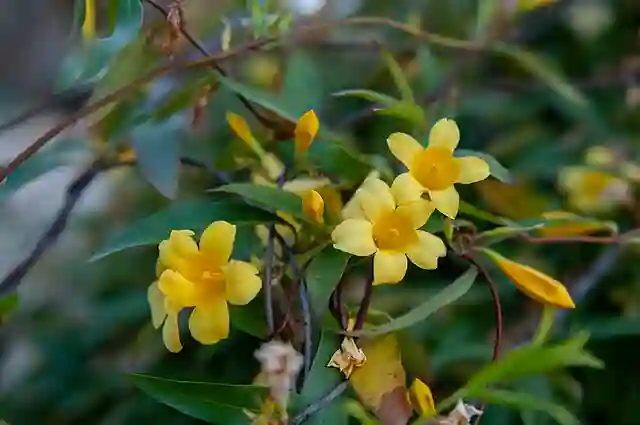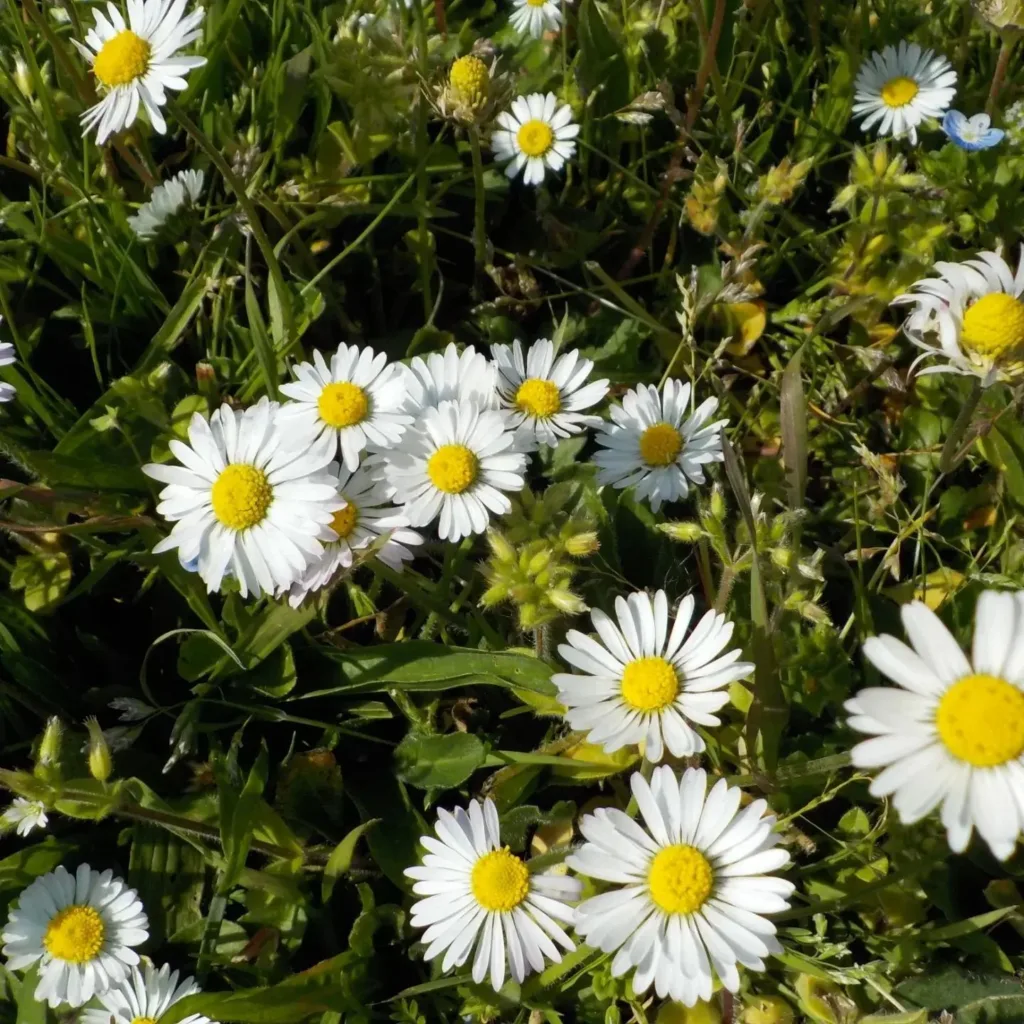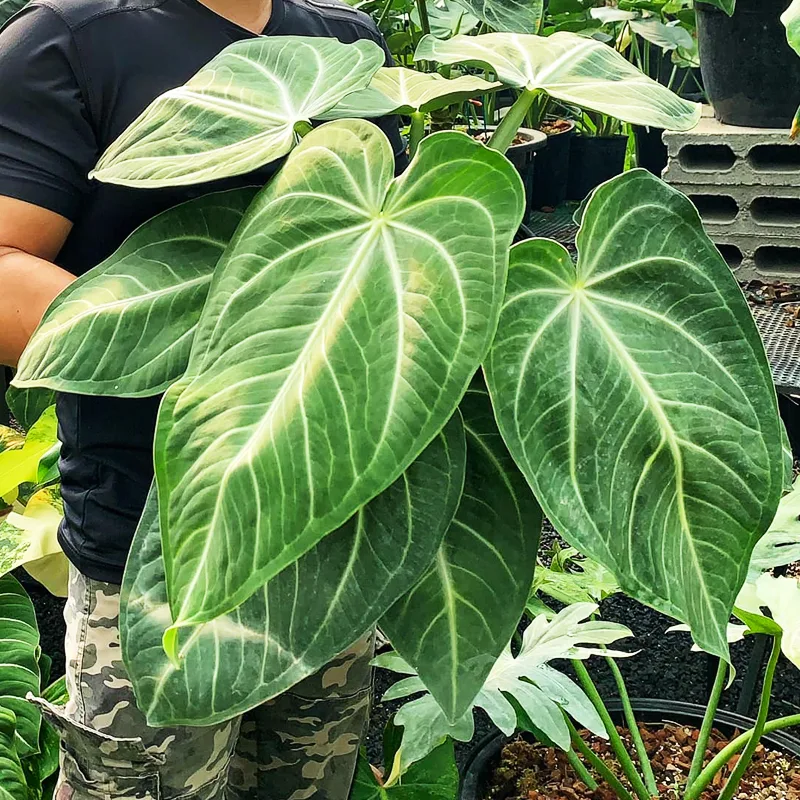
The Captivating Huernia zebrina: A Lifesaver in My Collection
Few succulents can compete with the otherworldly beauty of the Huernia zebrina. Nicknamed the “Lifesaver” cactus for its vibrantly striped flowers, this South African native has become a star in my succulent collection. Its creeping, low-maintenance nature makes it perfect for forgetful plant parents like myself, but its true magic lies in the star-shaped blooms that unfurl with shocking color.
78 Species in Genus Huernia
Over the years, I’ve learned the secrets to keeping my Huernia zebrina thriving. In this article, I’ll share my experience with this fascinating succulent, covering its growth habits, care requirements, and even some tips for propagation – because who wouldn’t want to share the joy of this plant with others?
How Big Do Huernia zebrina Get?
Don’t be fooled by the Huernia zebrina’s captivating flowers – it’s a relatively compact succulent. These little guys typically stay under 6 inches tall, with their creeping stems sprawling outward to form a clump around 8 inches wide. This makes them ideal for container gardening, where they can spill over the edges of pots, adding a touch of whimsy to any arrangement.
How to care for Huernia zebrina?
While the Huernia zebrina isn’t overly fussy, there are a few key things to keep in mind to ensure it thrives.
- Light: Think dappled sunlight. In its native habitat, the Huernia zebrina grows as an understory plant. Mimicking this by providing bright, indirect light is key. Eastern or western windows are ideal, while southern exposure can be too harsh.
- Water: Here’s where the “lifesaver” nickname becomes a little misleading. Unlike its namesake, the Huernia zebrina prefers to be on the dry side. Err on the side of underwatering, allowing the soil to dry completely between waterings. Overwatering is a surefire way to send your succulent south.
- Soil: Drainage is paramount. A well-draining cactus mix is essential to prevent rot. You can even add some perlite to your potting mix for extra drainage.
- Temperature: The Huernia zebrina is a fan of warm weather, doing best in temperatures between 65°F and 80°F (18°C and 27°C). Protect it from frost and keep it away from cold drafts.
How to propagate Huernia zebrina?
Once your Huernia zebrina settles in and starts thriving, you might find yourself wanting to share its beauty with others. Luckily, propagation is a relatively simple process.
There are two main ways to propagate your Huernia zebrina: stem cuttings and seeds.
- Stem Cuttings: This is the easier method. Look for healthy stems with a few nodes (the little bumps where leaves grow). Using a sharp, sterilized knife, cut a section about 2 inches long. Allow the cutting to callous over for a few days before planting it in a well-draining cactus mix. Water sparingly until new growth appears.
- Seeds: Propagating from seeds takes longer but can be rewarding. You can find Huernia zebrina seeds online or from specialty succulent nurseries. Sow the seeds in a shallow tray filled with a cactus mix and barely cover them with soil. Keep the soil moist but not soggy and provide bright, indirect light. Germination can take several weeks, so be patient.
Conclusion: A Lifesaver for Plant Enthusiasts
The Huernia zebrina is more than just a pretty face; it’s a low-maintenance succulent that offers year-round interest. Its compact size makes it perfect for small spaces, and its unique flowers are a conversation starter. With a little care and attention, you can enjoy this “lifesaver” in your own collection for years to come. So, why not give this quirky succulent a try? You might just find yourself falling in love with its otherworldly charm.
If i die, water my plants!



